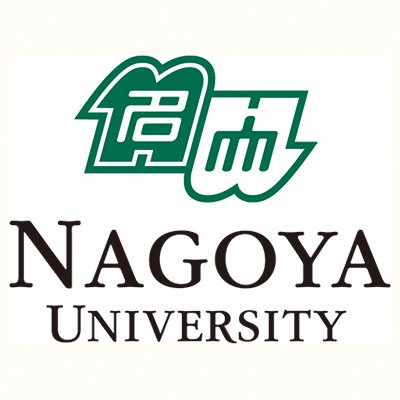Nagoya University Research Unveils Mechanisms for Removal of Strong Replication-Blocking Lesions Generated by the Human HMCES Protein
Researchers at Nagoya University and Osaka University in Japan have found novel repair pathways of apurinic/apyrimidinic (AP) sites of DNA. Repair of the base excision, which repairs AP sites, is an essential mechanism for cell survival. Its dysfunction causes genome instability disorders, including various cranial nerve diseases. The findings of this study should lead to a better understanding of the molecular mechanisms to repair AP sites that are the causes of unexplained and intractable genomic instability diseases.
Recently, it was discovered that the HMCES protein prevents DNA cleavage by forming the DNA-protein crosslink with the AP site and that the DNA-HMCES crosslink protects cells from the toxicity of the AP sites. However, the mechanism by which the DNA-HMCES crosslinks when secondary DNA damage is repaired remains to be elucidated. In this study, the research team determined the repair mechanisms of DNA-HMCES crosslink damage.
This research is important because endogenous DNA damage induced by intracellular metabolites causes aging and carcinogenesis. One of the most frequently generated endogenous DNA damages is the AP site. Although AP sites in double-stranded DNA are repaired by base excision repair, human tissues accumulate between 50,000 and 200,000 AP sites per single cell. The AP site is a site in which genetic information is lost and is susceptible to DNA strand breakage through a chemically unstable structure. During DNA replication, the exposed AP site on the single strand of the template DNA impedes the progress of DNA polymerases because of the loss of genetic information. It also causes serious DNA double-strand break due to AP site breakage, which would induce cell death.
This study was conducted by Yohei Sugimoto, a graduate student of Nagoya University Graduate School of Medicine; Associate Professor Yuji Masuda and Assistant Professor Rie Kanao, members of the research group led by Professor Chikahide Masutani in the Research Institute of Environmental Medicine and Graduate School of Medicine, Nagoya University; Professor Shigenori Iwai in the Graduate School of Engineering Science, Osaka University; and project researcher Yumi Miyake in the Forefront Research Center, Graduate School of Science, Osaka University.

